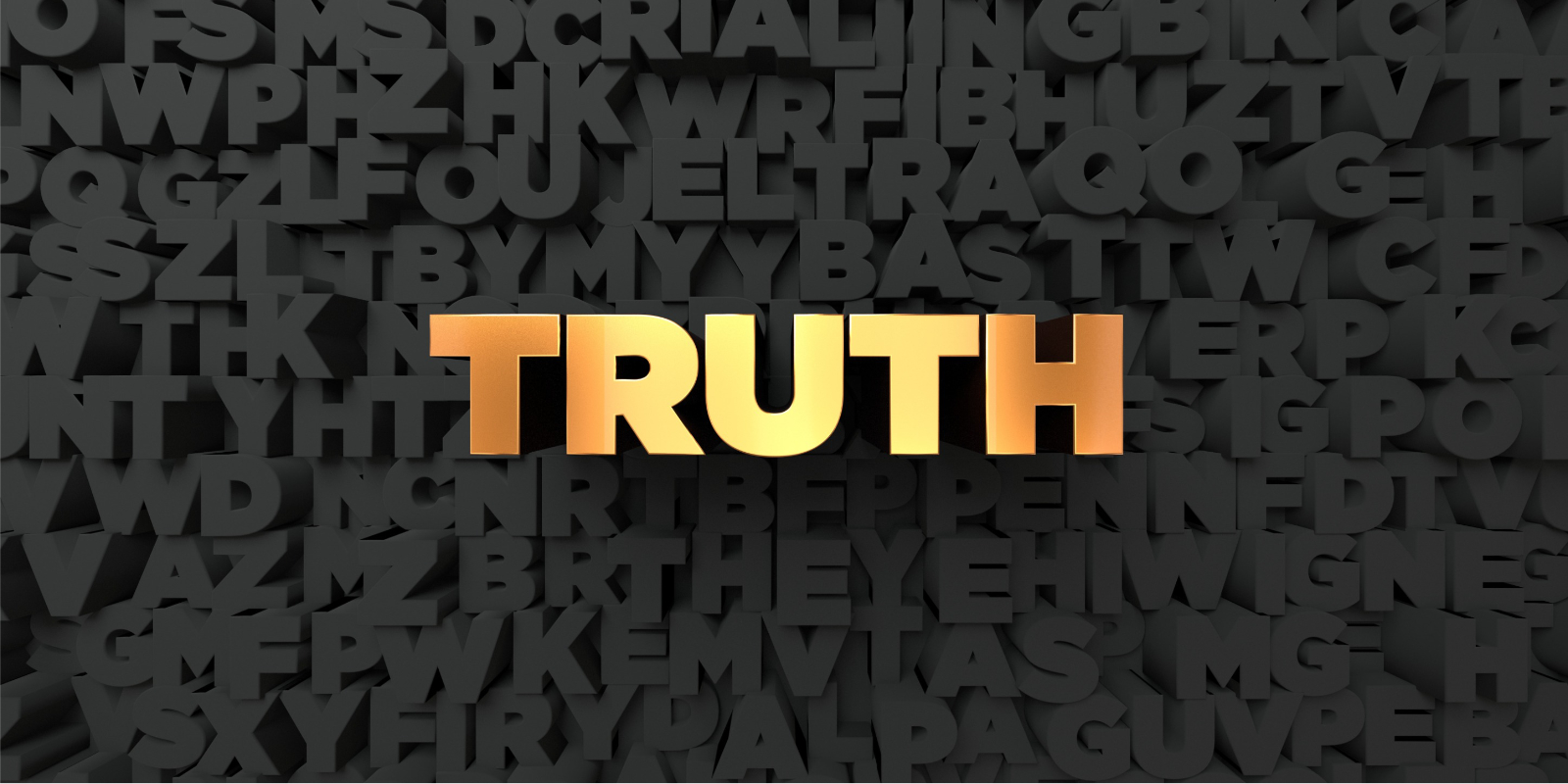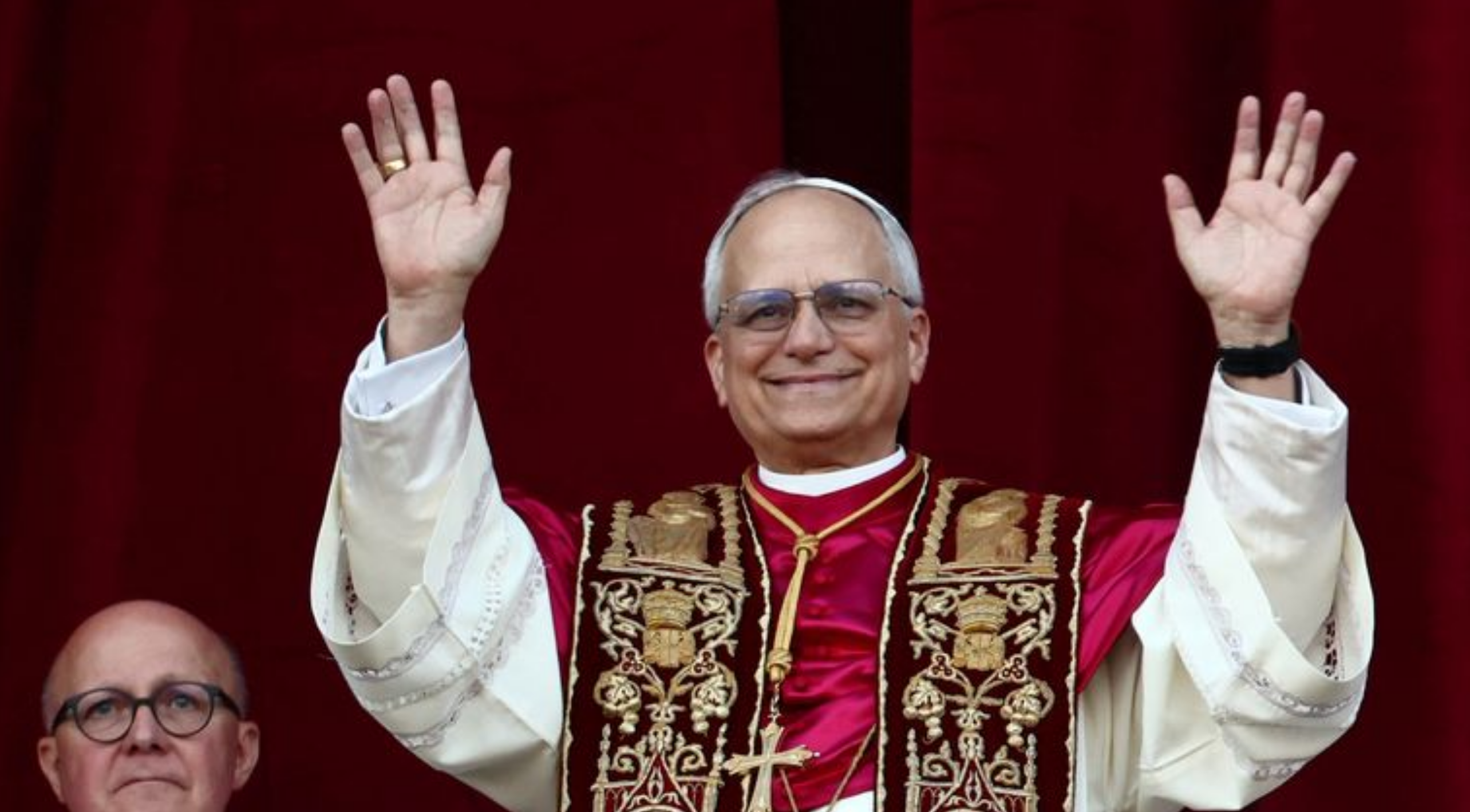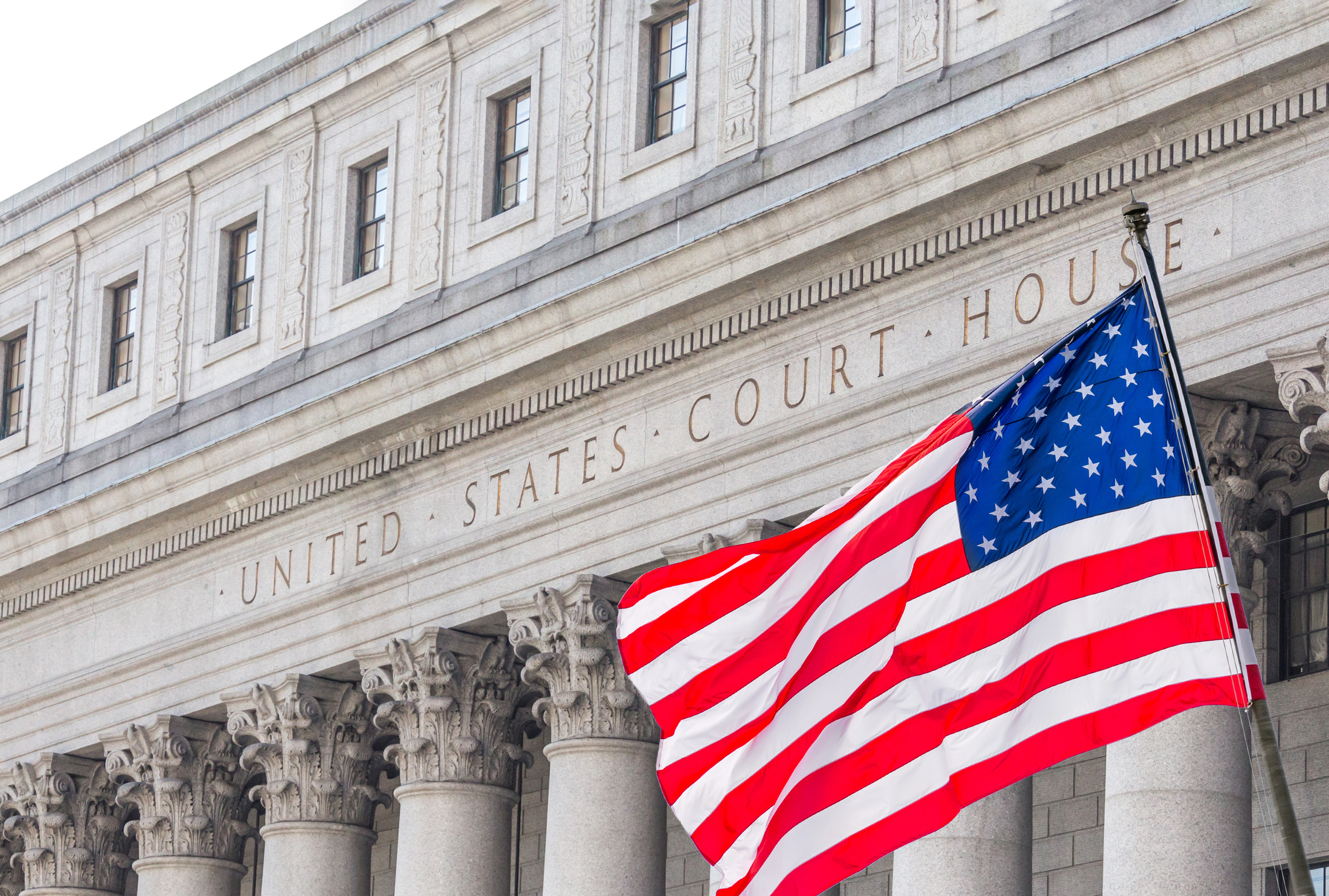Chi-Nats vs. Chi-Coms
After the failures of Christianity and Buddhist mind-over-matter as an effective cultural inoculant, Western Republicanism was tried in China. The Kuomintang (KMT), the Chinese Nationalist Party, displaced the Ching Empire under President Sun Yat-sen in 1912. Soon descending into Warlord chaos, the Chinese Republic faltered on the brink of collapse for nearly 40 years.
Chiang Kai-shek reformatted the KMT under principles similar to Fascism and National Socialism, in an attempt to strengthen it against the Warlords, the Japanese, and the new CCP. Even Stalin supported Chiang’s KMT over Mao’s CCP from the mid-1920s through the end of World War II, because he determined that China was not as yet ready for Communism. It was Chiang’s forces which were China’s main defenders against Japanese aggression from 1931 – 1945.
However, corruption and inefficiency plagued Chiang’s KMT. Their triumph was in holding out against the Japanese, not in defeating them. When World War II ended, these vices would doom Chiang’s Republic of China to Communist takeover.
While attempts to fuse the efforts of the KMT and CCP against the Warlords were made, a bloodbath in 1927 Shanghai effectively ended such collaboration. Instead, Mao’s CCP embarked upon a Long March away from the coast and the cities in order to escape destruction by the KMT.
What arrived in Yan’an, a town in the hinterland near enough to China’s northern border to be succored by the Soviets, was akin to the Hebrews after their 40 years in the wilderness. The CCP had been refined into a force purged of everything except for fanatical loyalty to Mao Tse-Tung. Even our military term “Gung Ho” comes from an admiring American observing the People’s Liberation Army’s cohesion. The CCP’s PLA had neither the corruption nor inefficiency that plagued the KMT’s army.
As the Soviets entered the fight against Japan in the final weeks of World War II, Stalin finally had shifted his aid from the KMT to the CCP. Armed with Soviet Red Army weapons that has just defeated Nazi Germany, CCP forces soon began driving KMT forces out of northern China. By autumn 1949, Chiang was driven entirely from the mainland. He settled his surviving KMT forces on the formerly Japanese-held island of Taiwan.
While Mao consolidated power on the mainland, Chiang reformed the Republic of China on his new island home. He hoped to one day lead a new invasion of the rest of China. However, while the US was willing to sponsor an independent KMT China on Taiwan, it was not willing to take part in a total war with the CCP. In fact, it was Douglas MacArthur’s attempt to bring Chiang into the Korean War that provoked President Truman to fire him as Supreme Allied Commander there.
Chiang’s KMT proclaimed that Taiwan was the only true China. From 1949 through 1972, the non-Communist world seemed to agree. However, as part of his opening to Red China, President Nixon shifted US and United Nations recognition from the Chinese Nationalists of Taiwan to the Chinese Communists.
Since then, a policy of strategic ambiguity has been practiced by the US. The CCP understands that, while we recognize Peking as China’s only capital, the US will not permit the CCP to forcibly unify Taiwan with China. We maintain trade relations and second-class diplomatic ties with Taipei, while providing its military with the basic necessities for the island’s defense.
After Chiang’s death, Taiwan itself became transformed. Instead of a one-party KMT dictatorship, Taiwan developed into a thriving multi-party democracy. Its people maintain traditional, pre-CCP, language and naming conventions. Taiwanese have fused their intact Confucian traditions with Western Democracy.
One reason why the English translations of so many Chinese words and names in this article may seem unfamiliar is that I am employing the traditional Wade-Giles system of translation, used in the West before the 1980s and still used in Taiwan. Today, more commonly, people employ the Pinyin, a translation form promoted by Communist Peking. I elect not to employ what Communists recommend, in this or in anything else.
Taiwan is the major producer of the world’s silicon chips. It is astride key global sea and air trade routes. Its citizens enjoy a material prosperity akin to Japan and South Korea.
Ironically, it is today’s iteration of the KMT that inveigles for closer ties to Communist China. Despite the purposeful betrayal of the CCP’s promises to preserve Macau and Hong Kong’s liberties after their unification with Red China, today’s KMT is the CCP’s proxy in Taiwanese Democracy.
Now, it is Tsai Ing-wen’s Democratic Progressive Party that champions a permanent separation between the Taiwanese nation and the People’s Republic of China. Her courage, and the courage of DPP voters, is inspirational. Under the direst of threats, she and her voters are charting a course away from Totalitarianism and towards a future of freedom and human rights for Taiwan.
Their reward is PLA warships and warplanes increasingly violating Taiwanese airspace. China bullies anyone that they can on the world stage to join them in classifying Taiwan as being merely a rebellious Chinese province. Taiwanese athletes and businesses operate internationally, but under a cloud of opprobrium from Peking. The CCP has publicly announced that, by reason or force, they will soon reunify Taiwan with their homeland. Taiwan’s very existence as a free nation is threatened daily by the CCP.
The CCP, like Hitler’s NSDAP before it, claims “ownership” of all descendants whose ancestors once emigrated from their homeland. The Chinese diaspora, consisting of communities throughout Eurasia and the Americas, suffers from the ambitions of the CCP to demand their primary loyalty. This is why “Chinatowns” around the world have been infiltrated by the CCP’s Secret Police. Chinese-Americans, sometimes even six generations from their family’s immigration, have been harassed within the US for expressing anti-CCP ideas. The CCP’s thirst for total control over everything they descry respects no boundaries and abides by no law.







